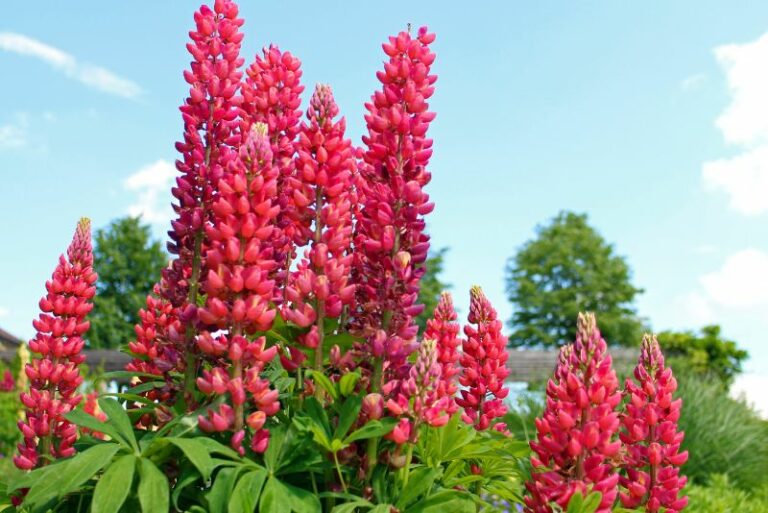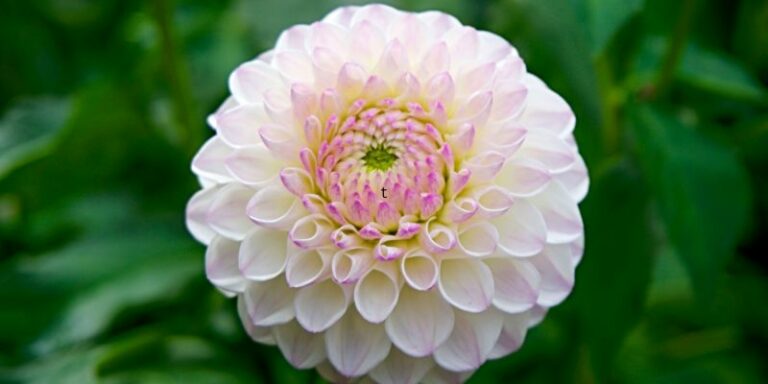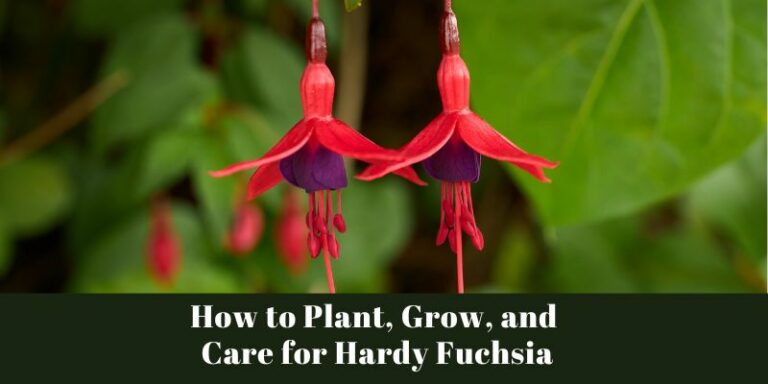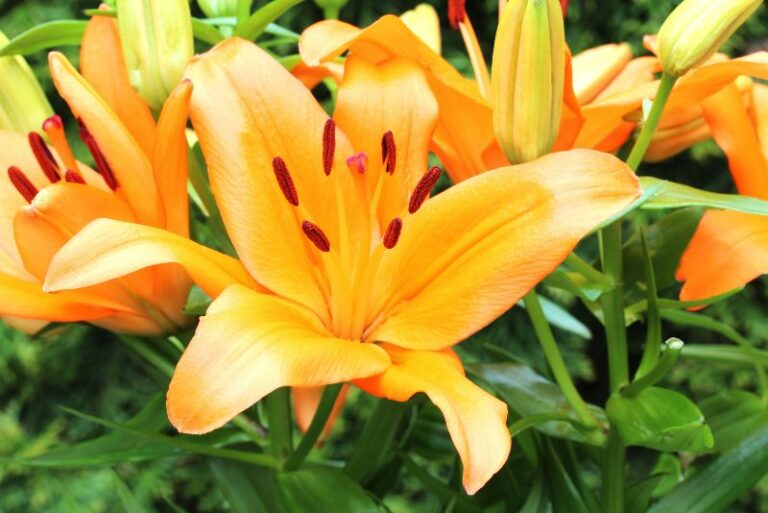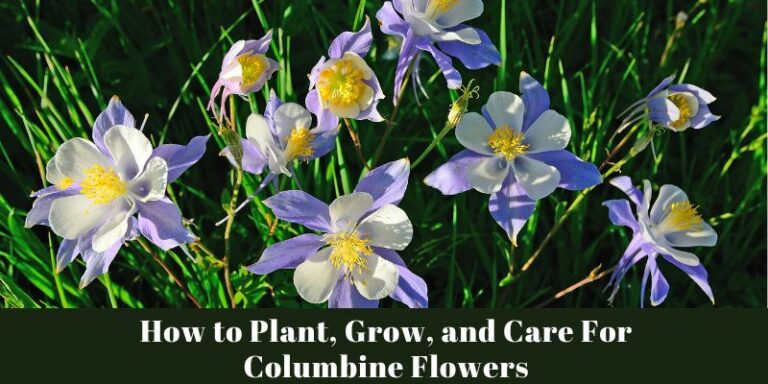How to Grow Daffodils: A Gardener’s Guide
If there’s one flower that epitomizes the arrival of spring, it’s the daffodil. Their sunny blooms are not just a treat for the eyes but a timeless symbol of renewal and inspiration for gardeners worldwide. Whether you’re a seasoned horticulturist or a new plant parent, the simplicity and beauty of daffodils make them a must-have in any garden. In this comprehensive guide, we’ll walk you through the elaborate art of growing daffodils, from selecting the right cultivars to enjoying a bountiful bloom season.
The daffodil, also known as narcissus, belongs to the Amaryllidaceae family and comes in a multitude of shapes, sizes, and shades. What unites them all is their hardiness and reliability – they’ll return year after year, larger and more floriferous than before. Daffodils are perennial favorites for many reasons. They are remarkably low-maintenance, often resistant to pests, and even their leaves have a grace about them as they gradually yellow. The beauty of daffodils is that they thrive not only in vast fields but also in the most humble of pots, in city balconies or suburban gardens, providing a source of joy and color.
Choosing the Right Daffodil Varieties
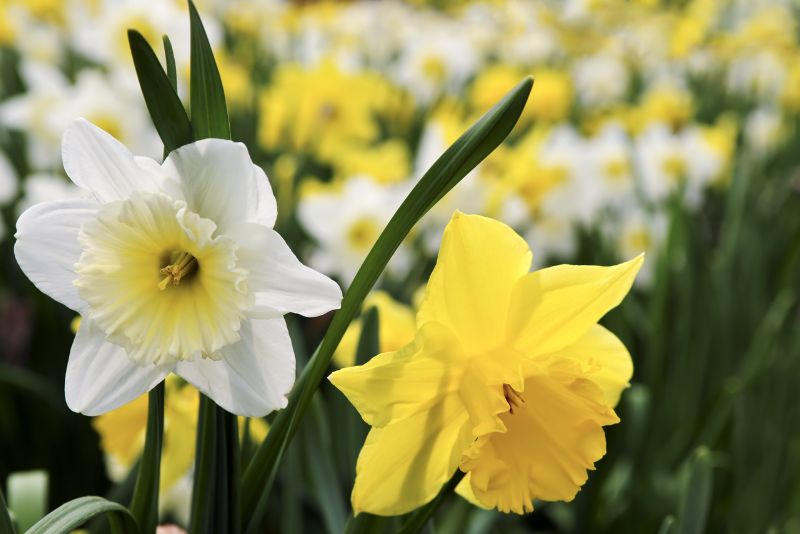
With thousands of daffodil varieties on offer, it can be overwhelming to select the best ones for your garden. Different types thrive in various climates and soil conditions. Some, like the classic trumpet, are well-suited to nearly any environment, while others, such as the fragrant ‘Paperwhites,’ demand more delicate care. Understanding the nuanced needs of each type is the foundation of a successful daffodil garden. It’s recommended to consult local horticulturalists or gardening forums to get personalized recommendations.
It’s also wise to mix varieties with differing bloom times to extend the daffodil season. From February Gold to Pink Charm, and Tête-à-Tête, there’s a daffodil for every part of spring, creating a mosaic of colors throughout the season.
Planting Daffodil Bulbs
The key to a beautiful daffodil display is in the planning and execution of the planting. Daffodil bulbs are typically planted in autumn, and the location is critical. They need well-drained soil to avoid rot, but they are not too picky about soil type.
Here are the essential steps for planting daffodil bulbs:
- Timing: Aim for late summer to early autumn, giving the bulbs time to establish roots before the first frost.
- Location: Choose a spot with at least six hours of sunlight and some protection from strong winds if possible.
- Preparation: Loosen the soil and mix in some compost to improve drainage and provide the bulbs with nutrients.
- Planting Depth: Generally, plant bulbs at a depth twice their size, and space them a few inches apart.
After planting, give them a good watering if the ground is dry. The work you put in now will be rewarded with a spectacular array of blooms come spring.
Caring for Daffodils
Once your daffodils are in the ground, care for them is relatively straightforward. Watering is only essential during dry spells, as daffodils do not like to sit in waterlogged soil. A slow-release, balanced fertilizer can be applied in the spring, after blooming, allowing the bulb to store energy for the next season.
Deadheading, or removing spent flowers, not only keeps the garden tidy but also redirects the plant’s energy to bulb development rather than seed production. Additionally, do keep an eye out for the occasional pest, like aphids, and treat them as needed. With these simple practices, your daffodils will remain healthy and vibrant for years to come.
Encouraging Blooms and Multiplication
The process of naturalizing daffodils, where they multiply and spread on their own, is an enchanting one. Each year, their clumps will become more substantial, creating an increasingly impressive floral display. To encourage this naturalization, consider the following:
- Bloom Health: A potash-rich fertilizer applied before or after flowering can enhance the health of daffodils and aid in more and larger blooms the following year.
- Clump Division: If your daffodils seem overcrowded and less vibrant, it might be time to divide the clumps. This is usually done every 4-5 years in late spring to early summer when the foliage dies back.
- Location Shift: If you’ve noticed a decline in blooms over time, it’s possible that the soil has become too compacted or the area too shaded. Transplanting the bulbs to a fresh, sunny location will often rejuvenate their growth.
Seasonal Care and Maintenance
Caring for daffodils does not end with the blooming season. Preparing them for the dormant winter months is crucial for a healthy return next year. When the leaves have turned yellow, it’s safe to remove them. In some cases, gardeners braid the foliage while it’s still green to tidy up the bed, but this should be done gently to avoid damaging the bulbs.
For very cold regions, a layer of mulch can protect the bulbs from freezing temperatures. When warmer weather returns, and you note the soil beginning to warm up, remove the mulch to allow for proper growth. Summer is also an excellent time to plan and prepare for any necessary clump divisions in the coming year.
Conclusion
Growing daffodils is not just about planting a flower; it’s about fostering a connection with nature and the seasons. From the simple thrill of seeing a green shoot push through the dark winter ground to the golden blooms they produce, daffodils are a reminder of the joys of gardening. By following the advice outlined in this guide, cultivating daffodils in your garden will become a rewarding tradition that you and your family will cherish for years.
In the end, the most significant advice for growing daffodils is patience and observation. Watching the cycles of growth, bloom, and rest teaches us about the resilience and beauty of the natural world – a lesson that daffodils offer freely to all who care to take it in.
Happy gardening, and may your daffodils bring you as much joy as you bring them care.

